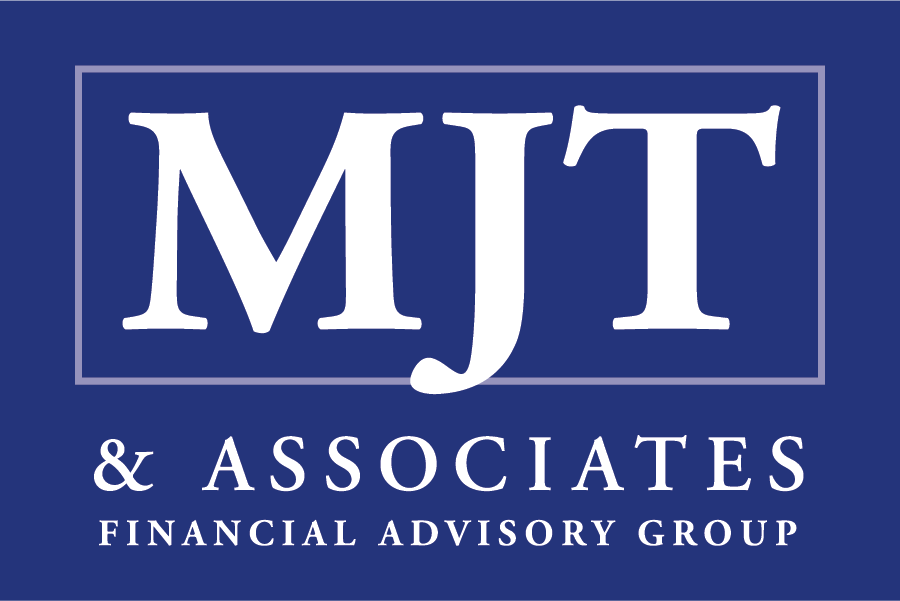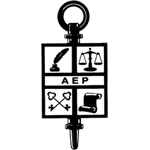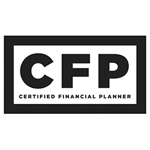In an age of economic uncertainty and transformation, true financial wellness stretches far beyond portfolio performance. It encompasses your earning years, your retirement phase, and everything in between—including business ownership, life transitions like divorce, and legacy planning. A holistic financial planner offers the strategic vantage point needed to tie all these pieces together.
What “Holistic Financial Planning” Really Means
Holistic financial planning treats your finances as an interconnected ecosystem—not isolated line items. It means your savings, investments, insurance, tax strategy, business interests, and life goals all work in synch. A skilled advisor helps you:
- Understand how life events (such as a business sale, divorce, or retirement) ripple through every facet of your financial life;
- Explore how your personal values, relationships, and goals drive financial decisions;
- Align your short‑term cash flow and long‑term objectives under a consistent framework.
At MJT & Associates, our process is anchored in this integrated approach, from initial discovery through ongoing monitoring.
Why It Matters — Especially for Entrepreneurs, Divorcees & Pre‑Retirees
If you’re a business owner, facing a marital transition, or entering the pre‑retirement phase (ages 45‑65), now is the time when financial complexity often rises. A holistic planner can help you:
- Prevent an education, business or divorce event from derailing your retirement savings;
- Coordinate tax planning, risk protection and investment strategy so that no one piece works at cross‑purposes;
- Optimize transitions: selling a business, exiting a marriage, or shifting into a second act. By adopting this mindset early, you reduce the danger of “plan drift” and more easily steer toward your goals.
Core Benefits of Working with a Holistic Financial Planner
Comprehensive Life‑Goal Integration
Rather than separate “retirement planning” or “investment planning,” your advisor assesses your full life map: business sale timelines, education for children or yourself, legacy priorities, and more. For example, our blog post on “The Legacy Planning Checklist: 7 Documents You Can’t Ignore” offers deep insight into how legacy planning intersects with ongoing financial wellness.
Proactive Risk & Tax Strategy
Holistic planning addresses risk exposures—from business liability to insurance gaps—and anticipates tax implications across savings, investments and retirement income. For more detail, see “Understanding the Impact of Policy Changes on Your Financial Future”.
Seamless Life‑Transition Management
Major life changes—entrepreneurship, divorce, remarriage, retirement—must be woven into the plan, not tacked on. For instance, our article “Gray Divorce: 5 Financial & Tax Considerations for Couples Over 50” shows how transition planning can shape different life stages.
Coordinated Implementation & Ongoing Review
Plan execution matters. A holistic planner works with you and other professionals—tax advisors, attorneys, business brokers—to implement recommendations. Monitoring, adjustments and accountability are built‑in. For more on sustaining plan momentum, see our post “How to Navigate Retirement Planning Amid Economic Uncertainty”.
How to Evaluate a Holistic Financial Planner
When selecting an advisor who truly delivers holistic planning, look for these traits:
- Depth in diverse life‑contexts: Have they worked with business owners, divorce clients and pre‑retirees?
- Process that references your entire financial world: Do they link retirement, taxes, risk, business and legacy?
- Implementation support: Will they help coordinate with your CPA, attorney and other professionals?
- Long‑term monitoring: Is ongoing review part of the engagement, not just a one‑time plan?
At MJT & Associates we follow a structured process designed to deliver this integration.

Updated Industry Insights for 2025
- The trend toward fee‑only “advice‑only” models continues, aligning advisor incentives with client outcomes.
- Technology enables real‑time scenario modeling—allowing for quicker adjustments to business changes or market shocks.
- The aging entrepreneur cohort (age 50+) is generating greater demand for holistic retirement, tax and succession planning.
- Shifting regulatory and tax environments mean that the connected‑strategy approach is more vital than ever.
These dynamics underscore why piecemeal planning no longer suffices.
Frequently Asked Questions
Q1: What exactly does “holistic” include beyond investments and retirement planning?
Holistic planning goes beyond investment selection. It includes cash‑flow management, tax strategy, risk mitigation (insurance), business succession, estate/legacy planning, education funding and transition management (divorce, career change, retirement). All these elements influence one another.
Q2: How often should I revisit my financial plan if I work with a holistic planner?
Often. At minimum annually, and ideally when major life events occur (business sale, divorce, job change, death in the family). A planner should proactively coordinate updates—not wait for you to ask.
Q3: Can a holistic planner help if I’m only concerned about one issue like divorce or business sale?
Yes—but the value multiplies when you approach it in context of your full financial life. For example, a divorce may impact retirement, taxes, business equity and legacy planning. A holistic planner will ensure your strategy is aligned across all these dimensions, rather than treating divorce planning in isolation.
In Conclusion
Financial wellness is not the result of one good decision—it’s the outcome of many well‑connected decisions made over time. Working with a holistic financial planner ensures your strategy remains cohesive, adaptive and aligned with your values. At MJT & Associates, we specialize in helping entrepreneurs, divorce‑impacted individuals and those near retirement build integrated plans that deliver in every phase of life.
If you’re ready to move beyond fragmented advice and embrace a unified financial path, reach out for a consultation.











